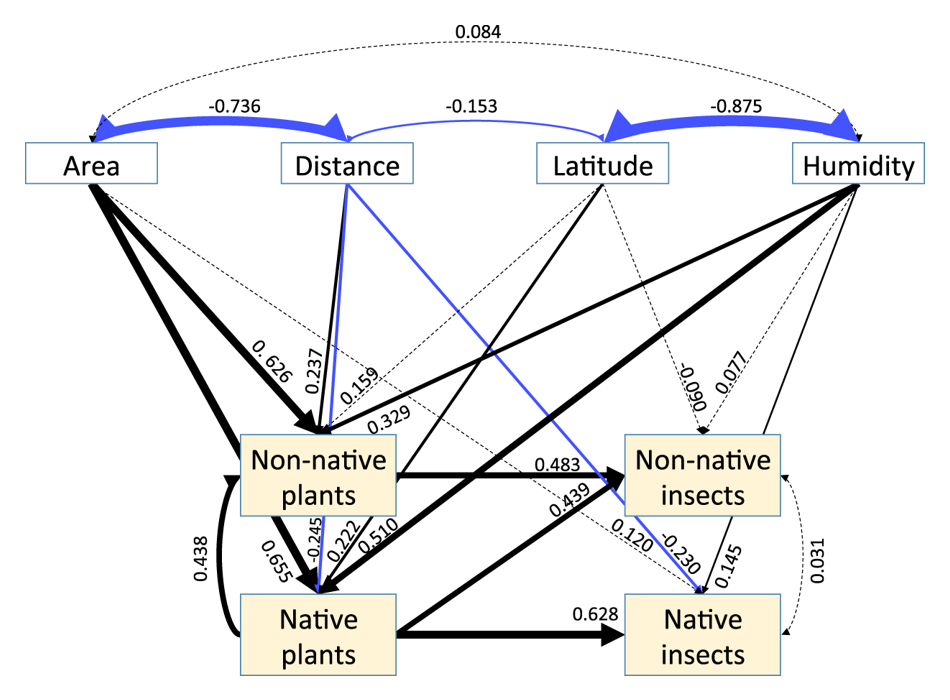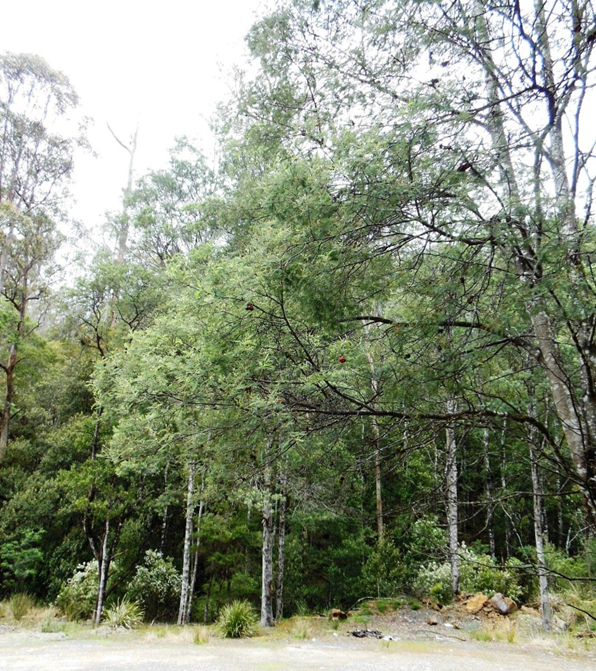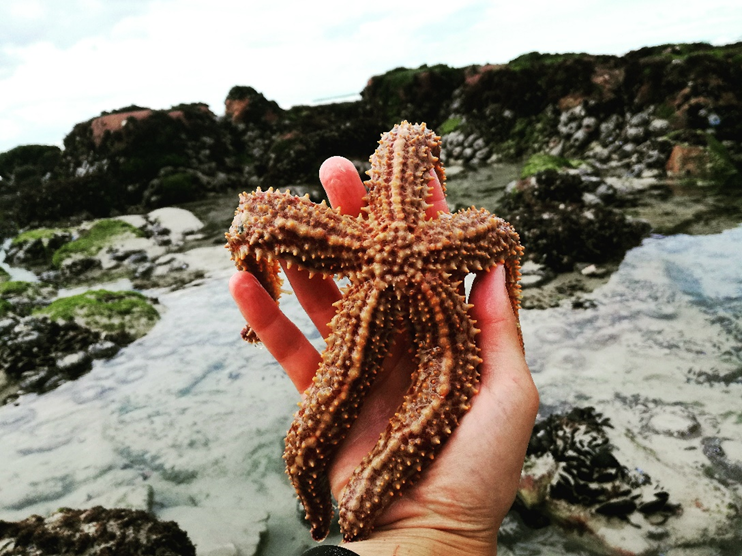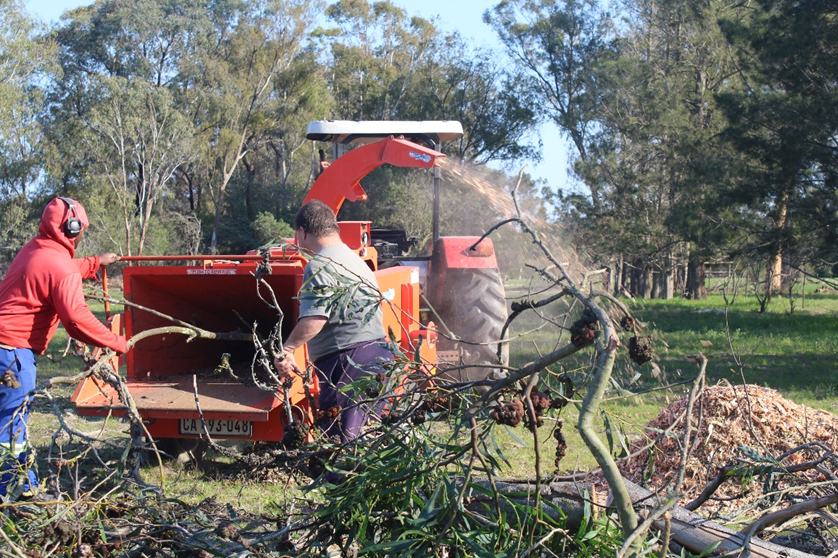Plant diversity drives global patterns of insect invasions
During the last two centuries, thousands of insect species have been moved (mostly unintentionally) outside of their native ranges. Some of these species were able to establish in new areas and in some cases with catastrophic ecological and economic impacts. Why have some world regions been invaded by more insect species than others?





